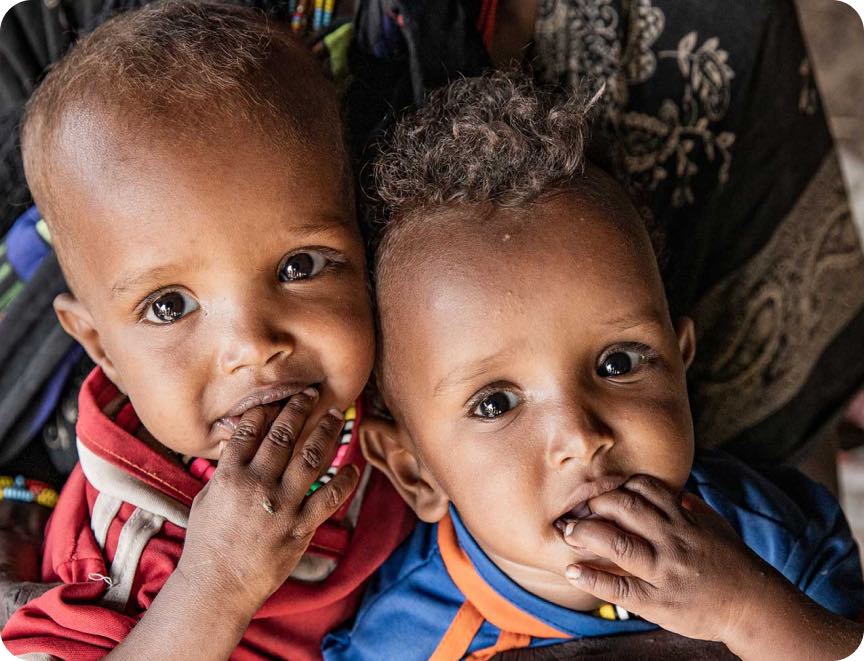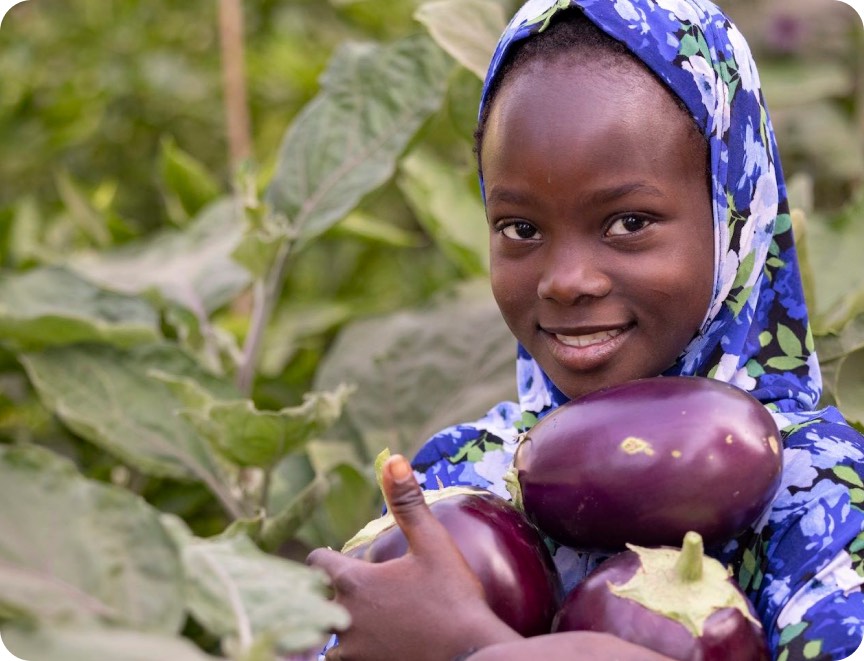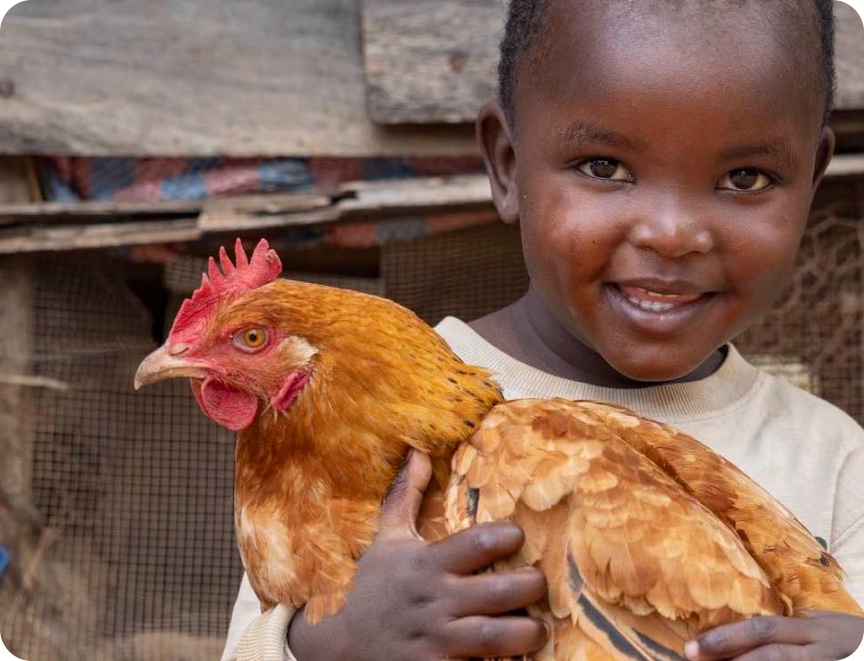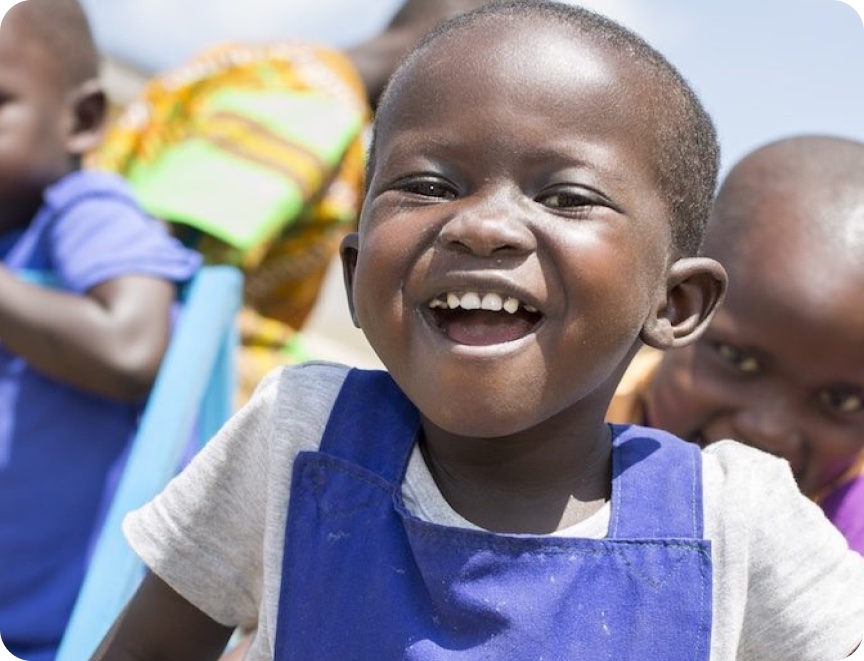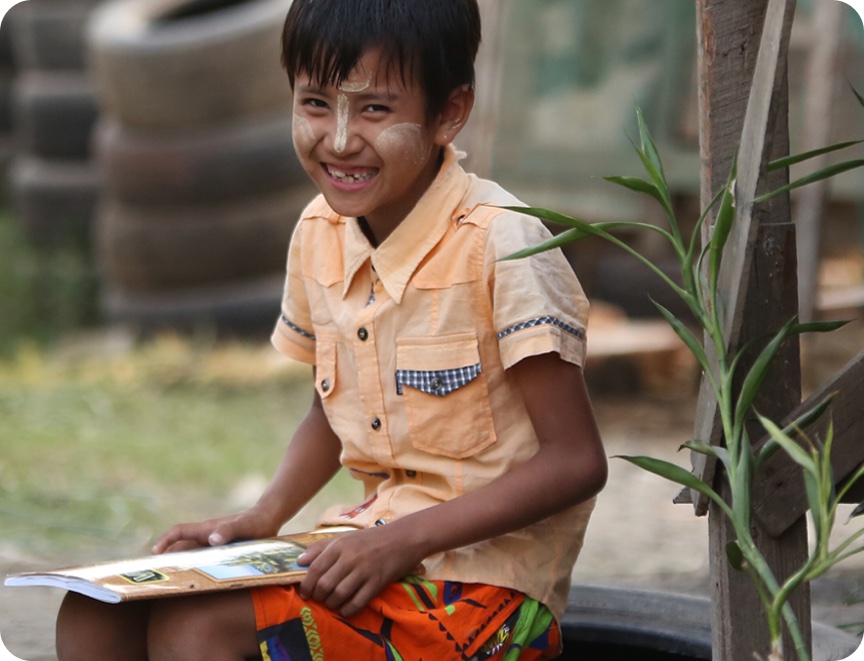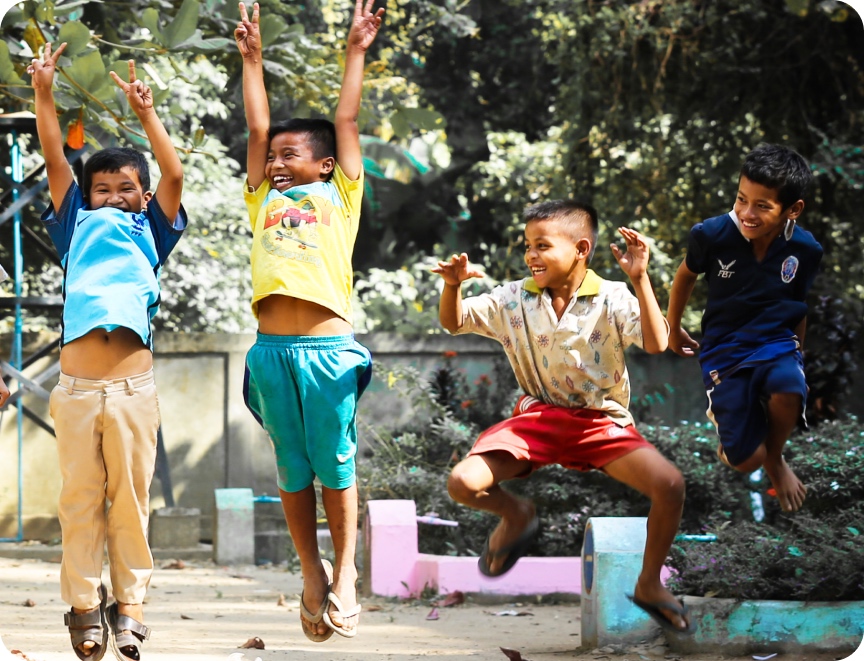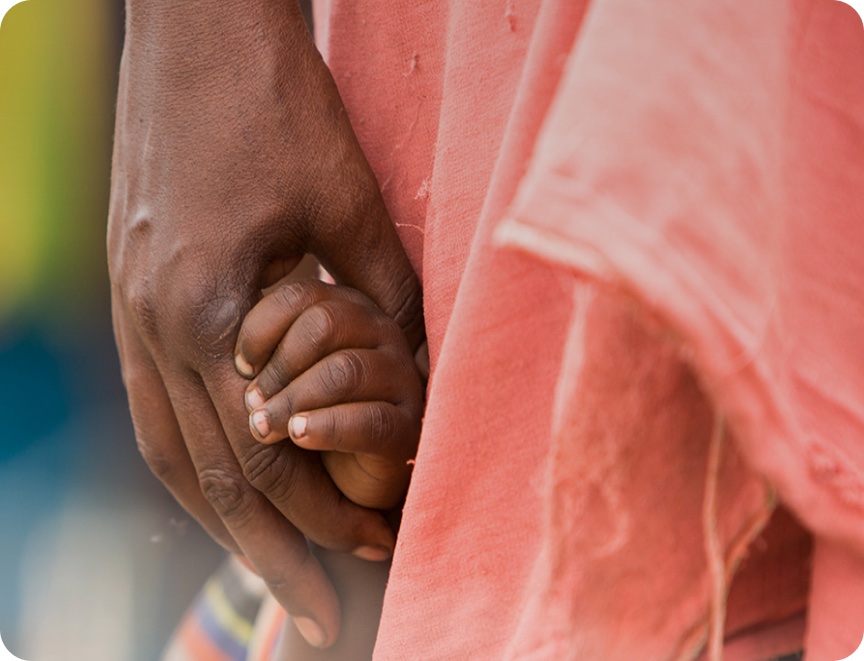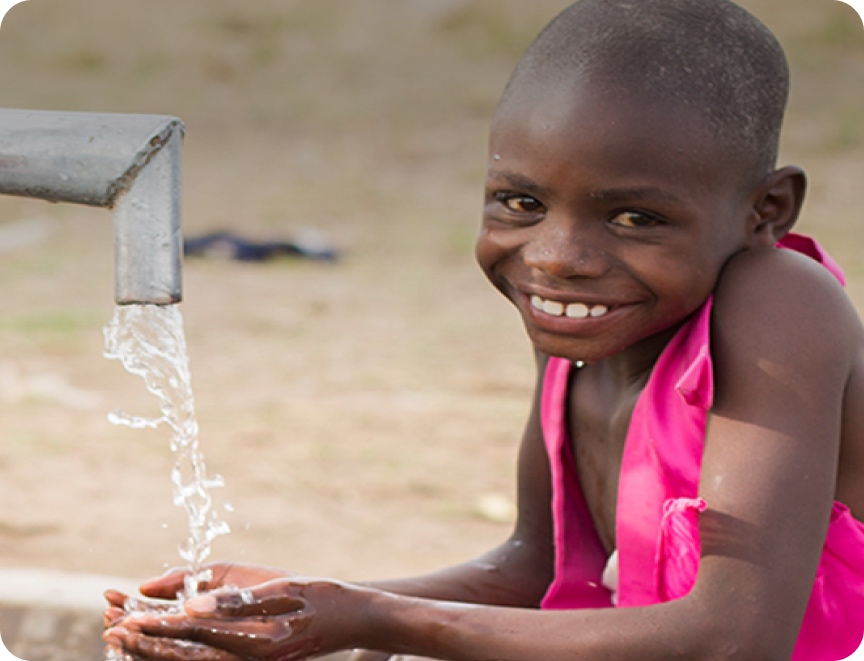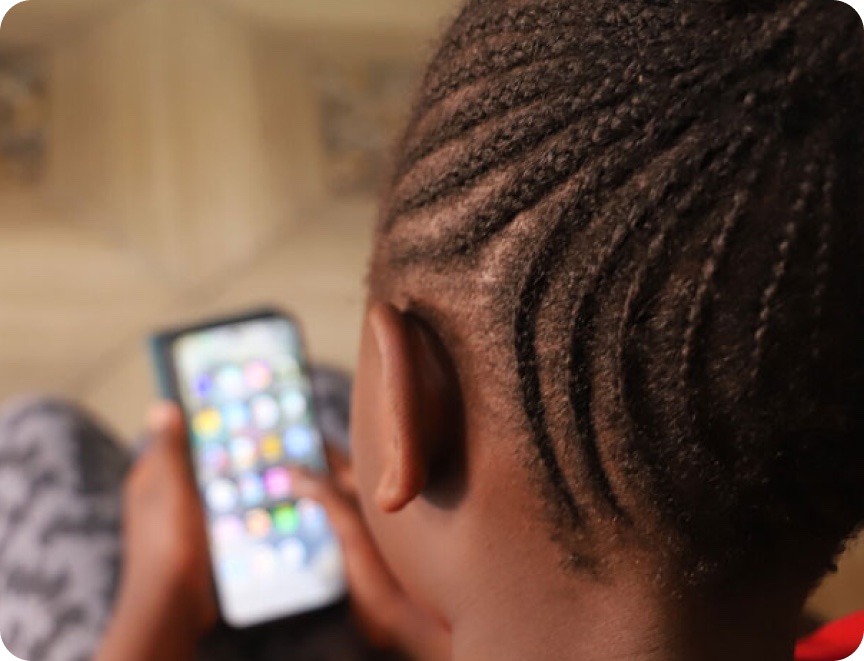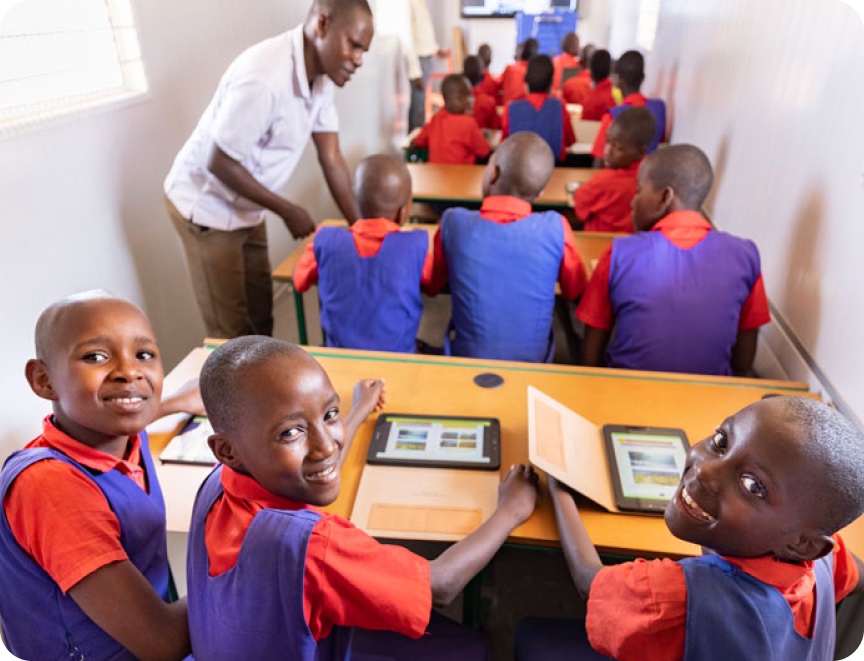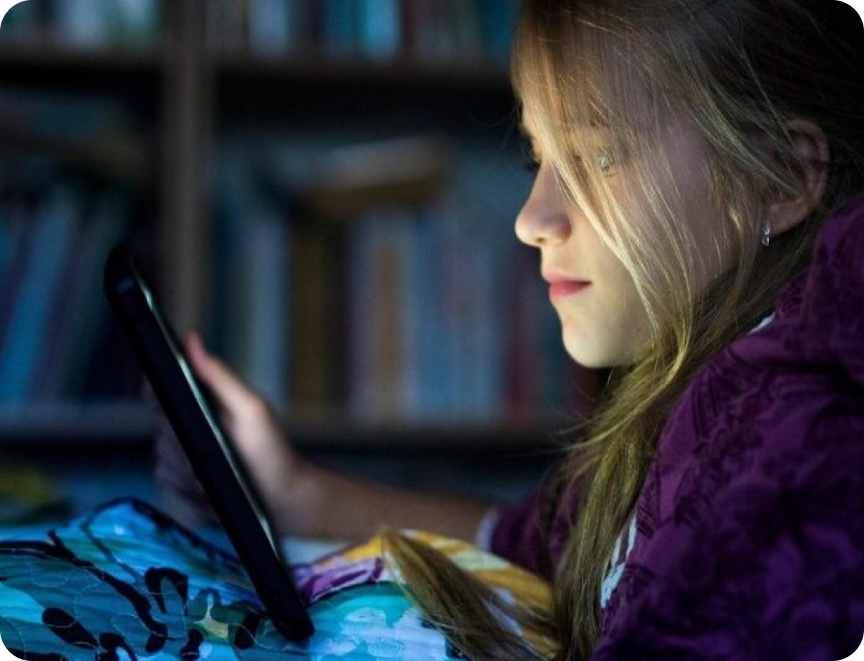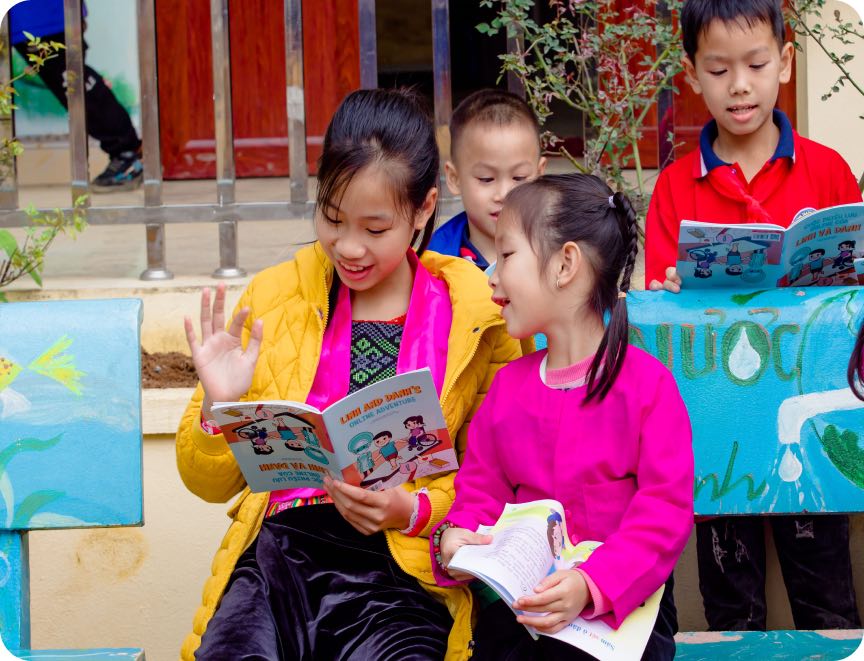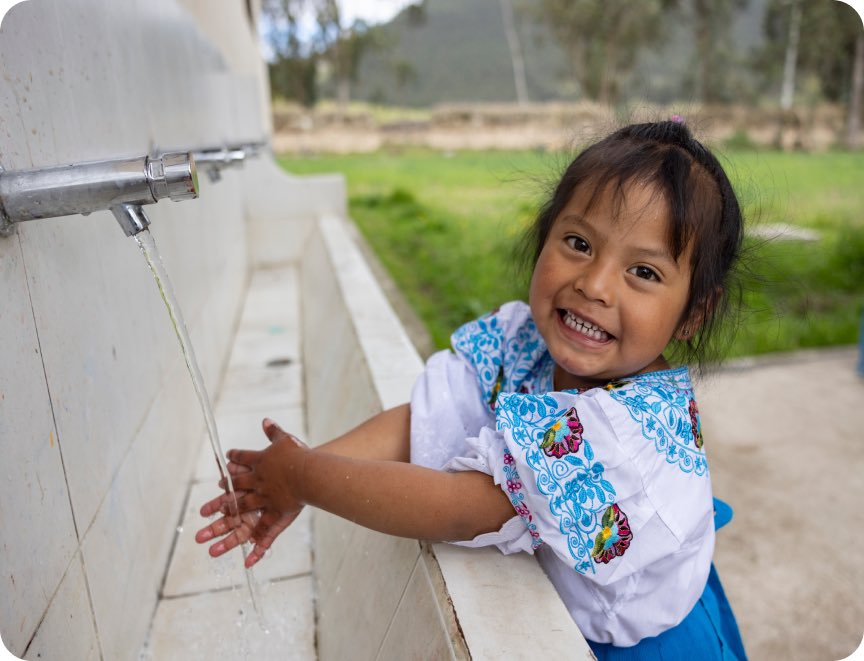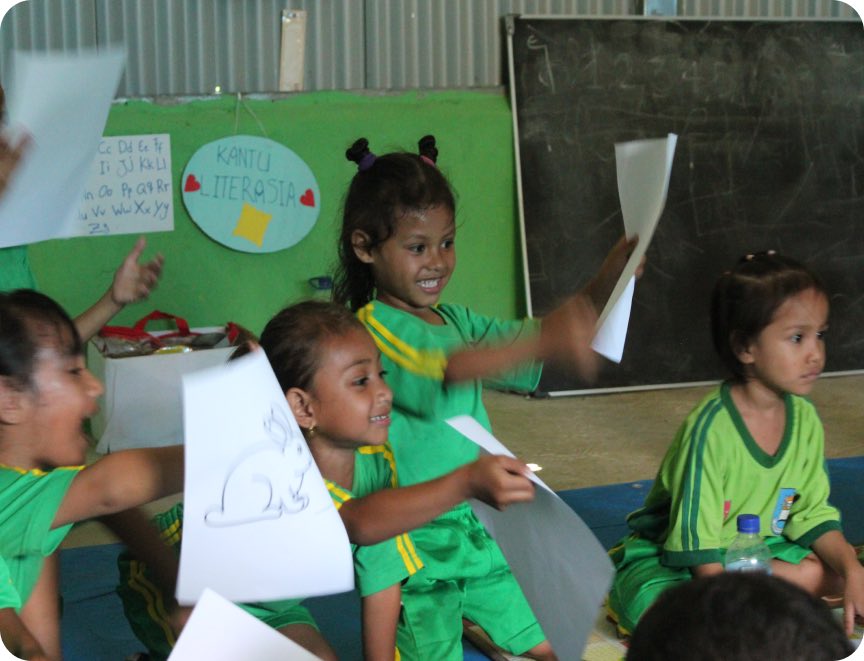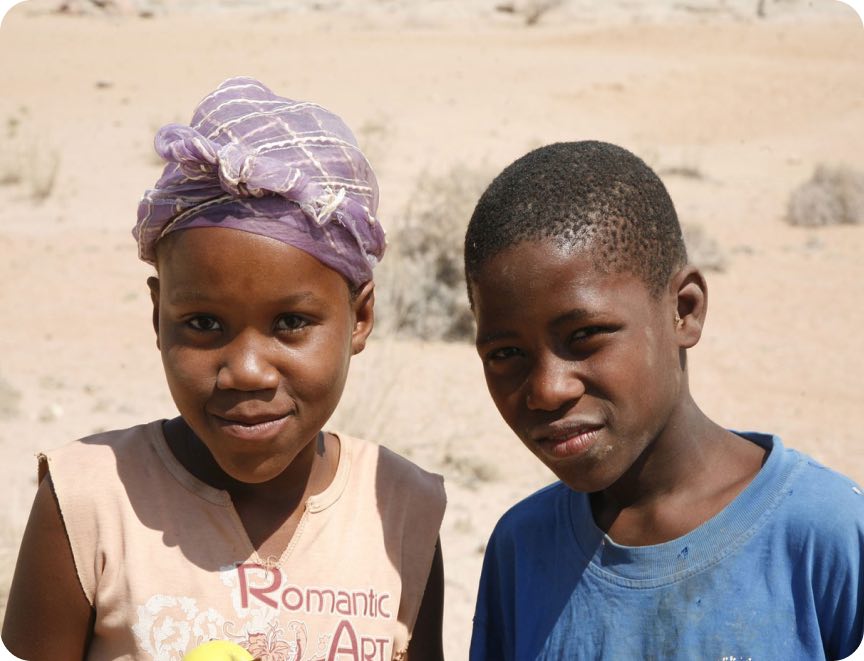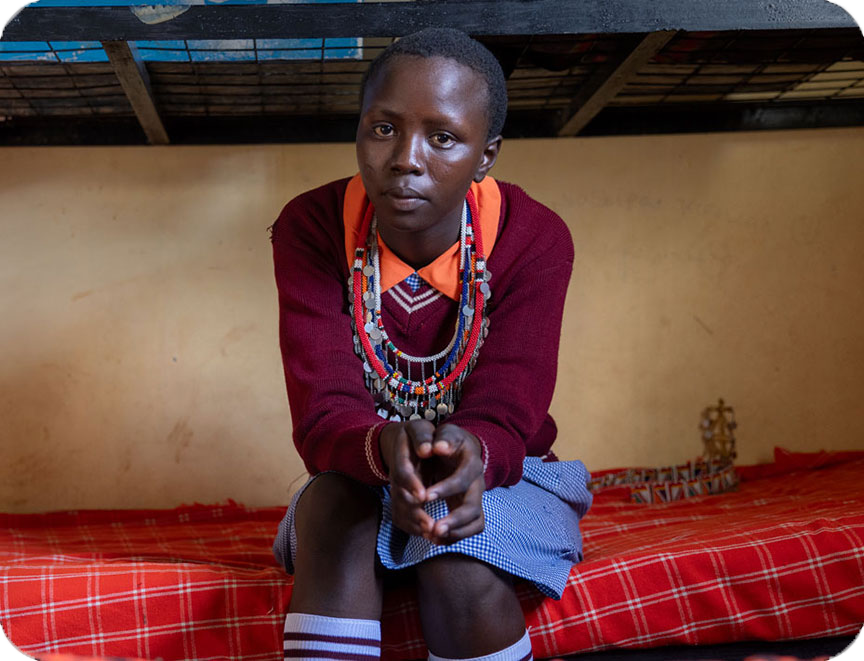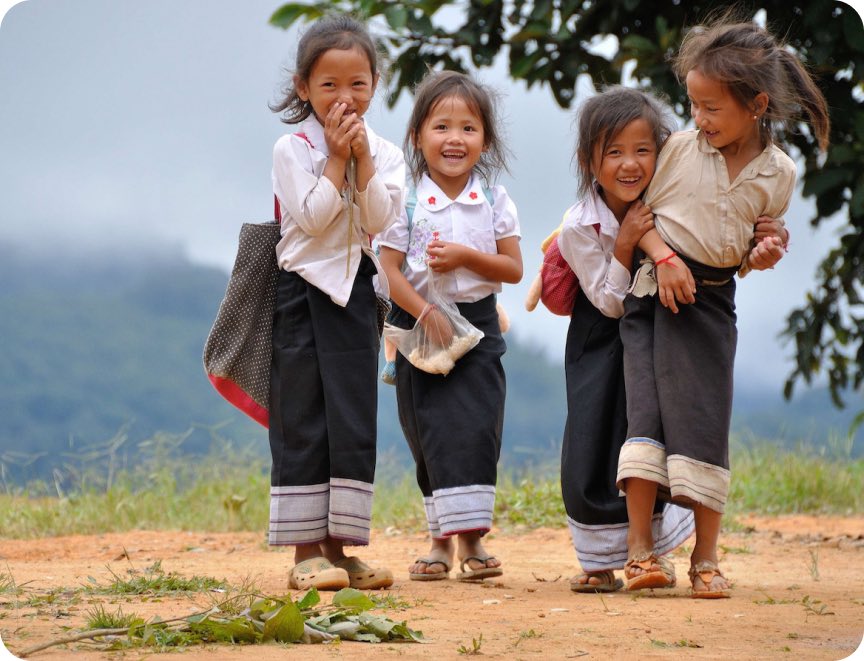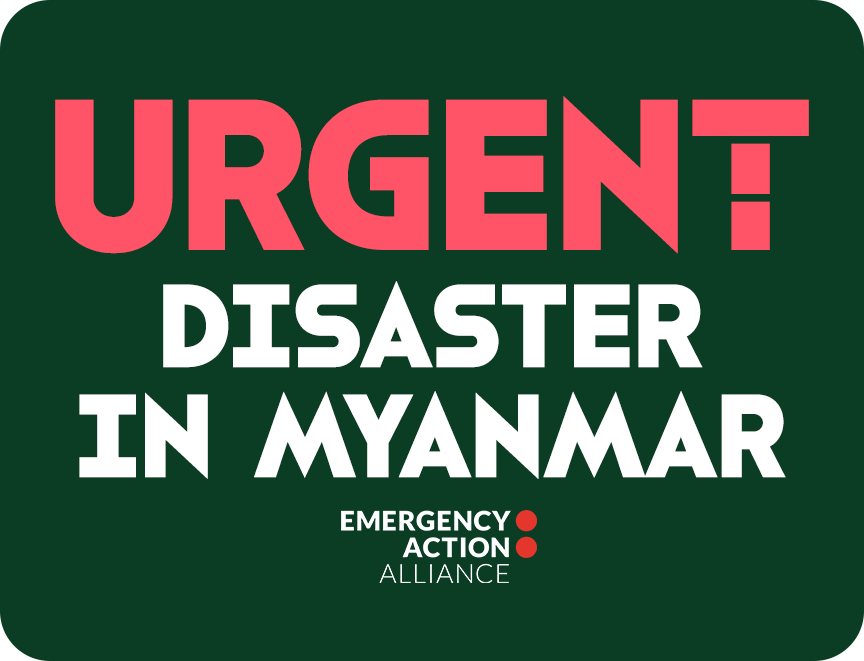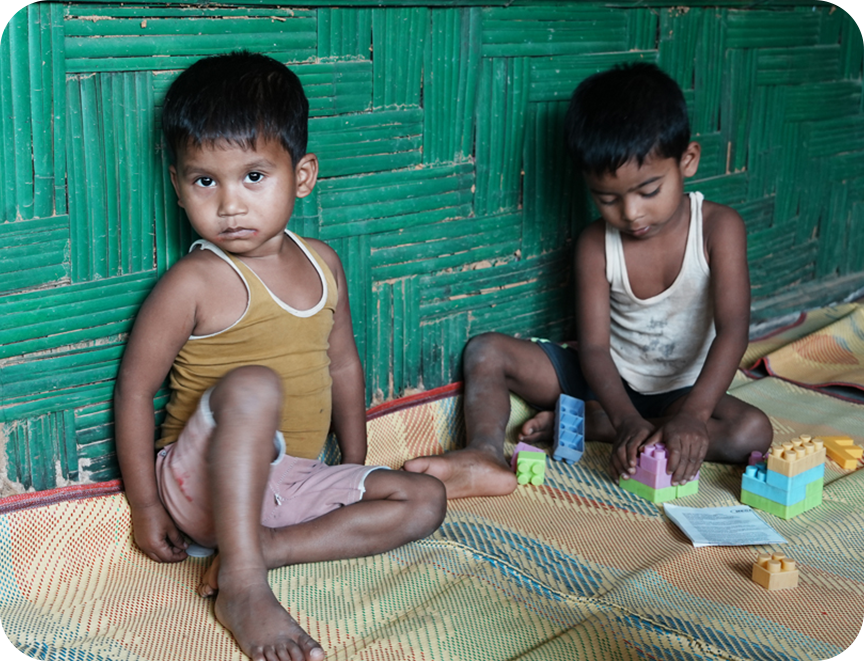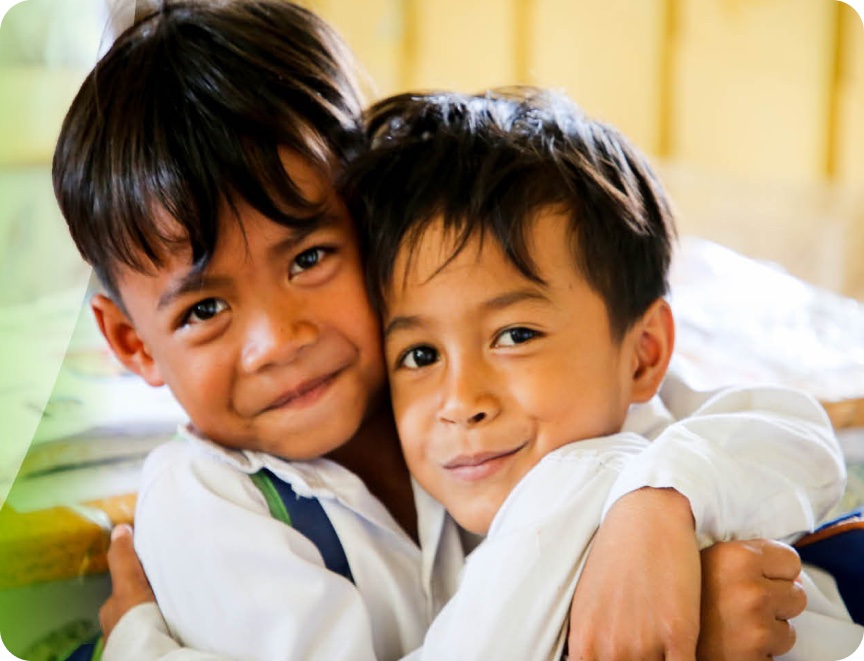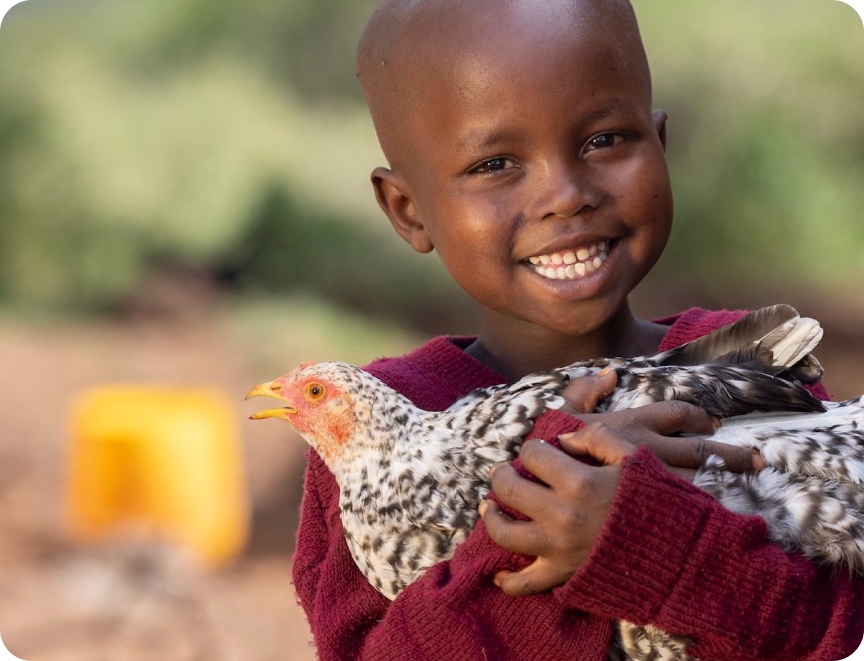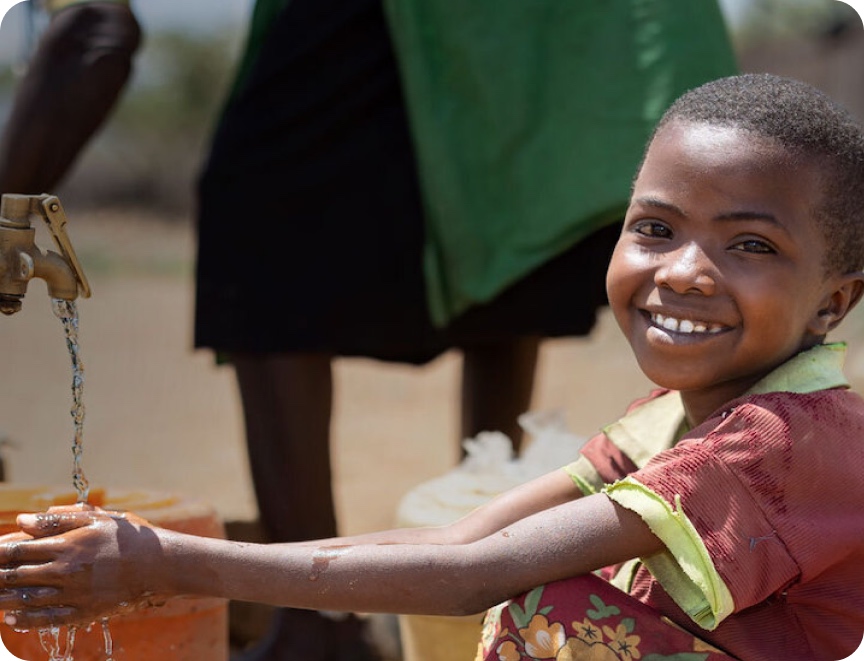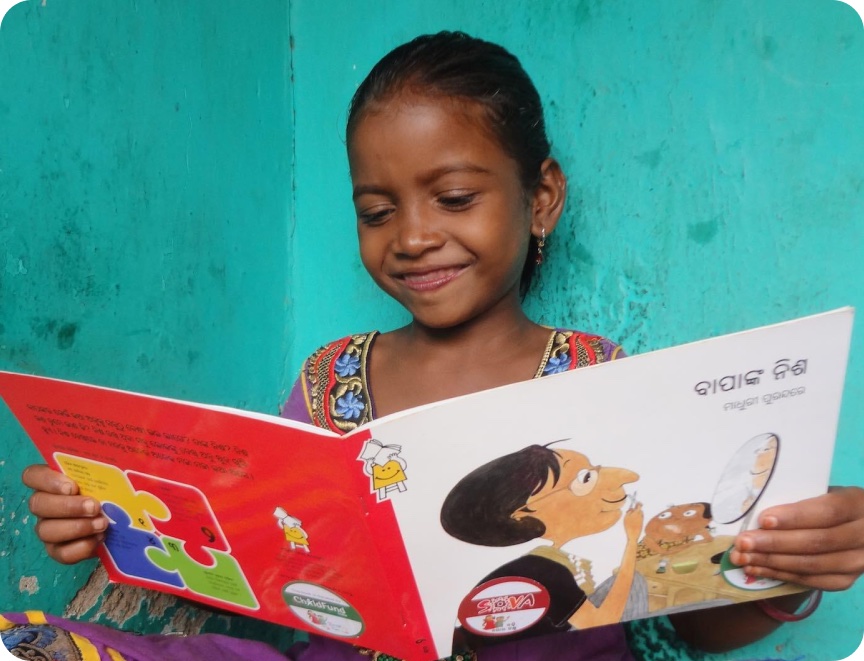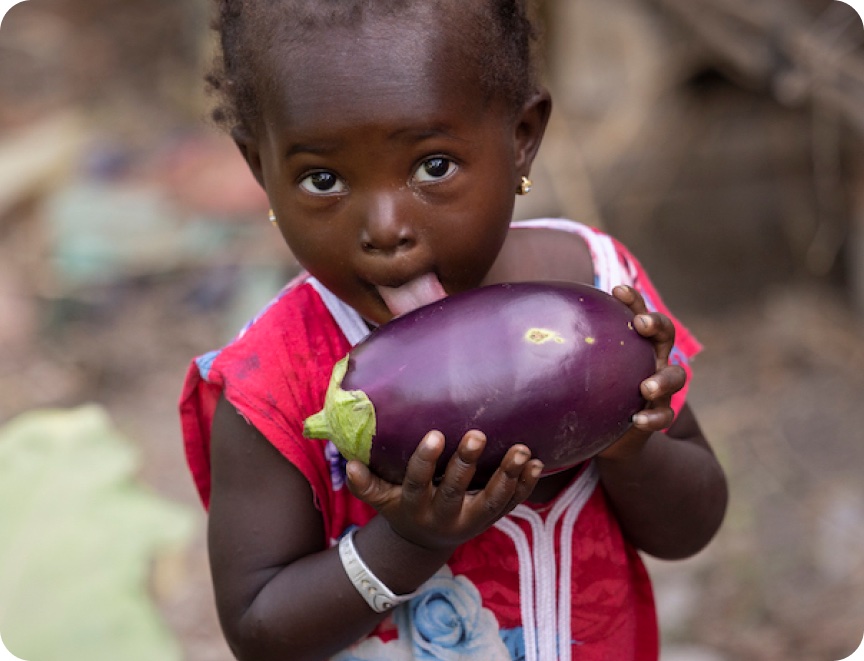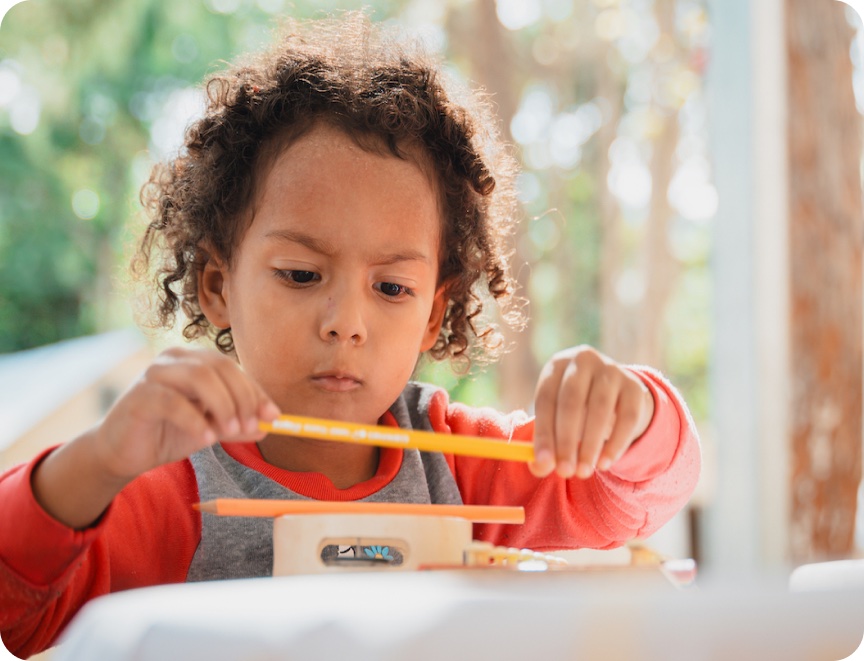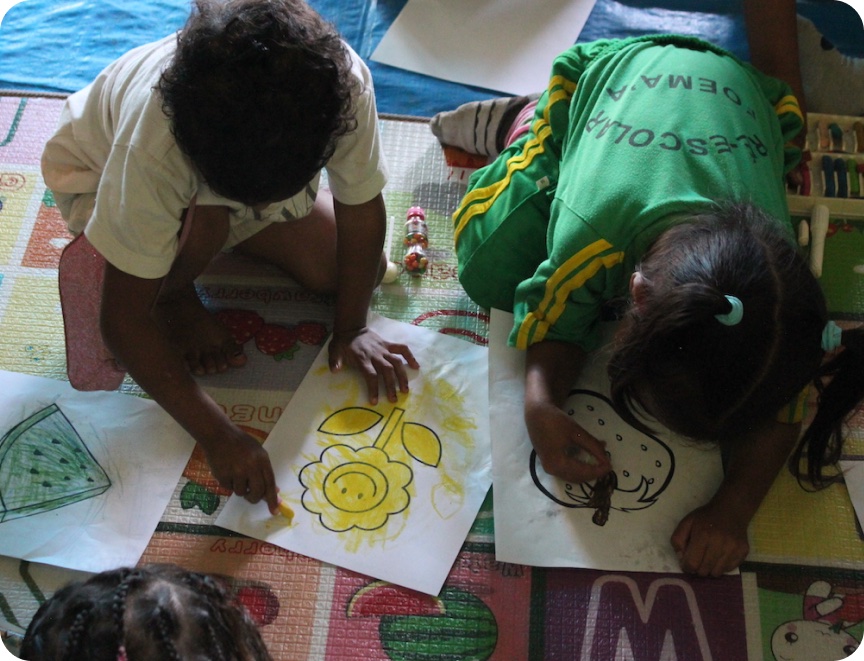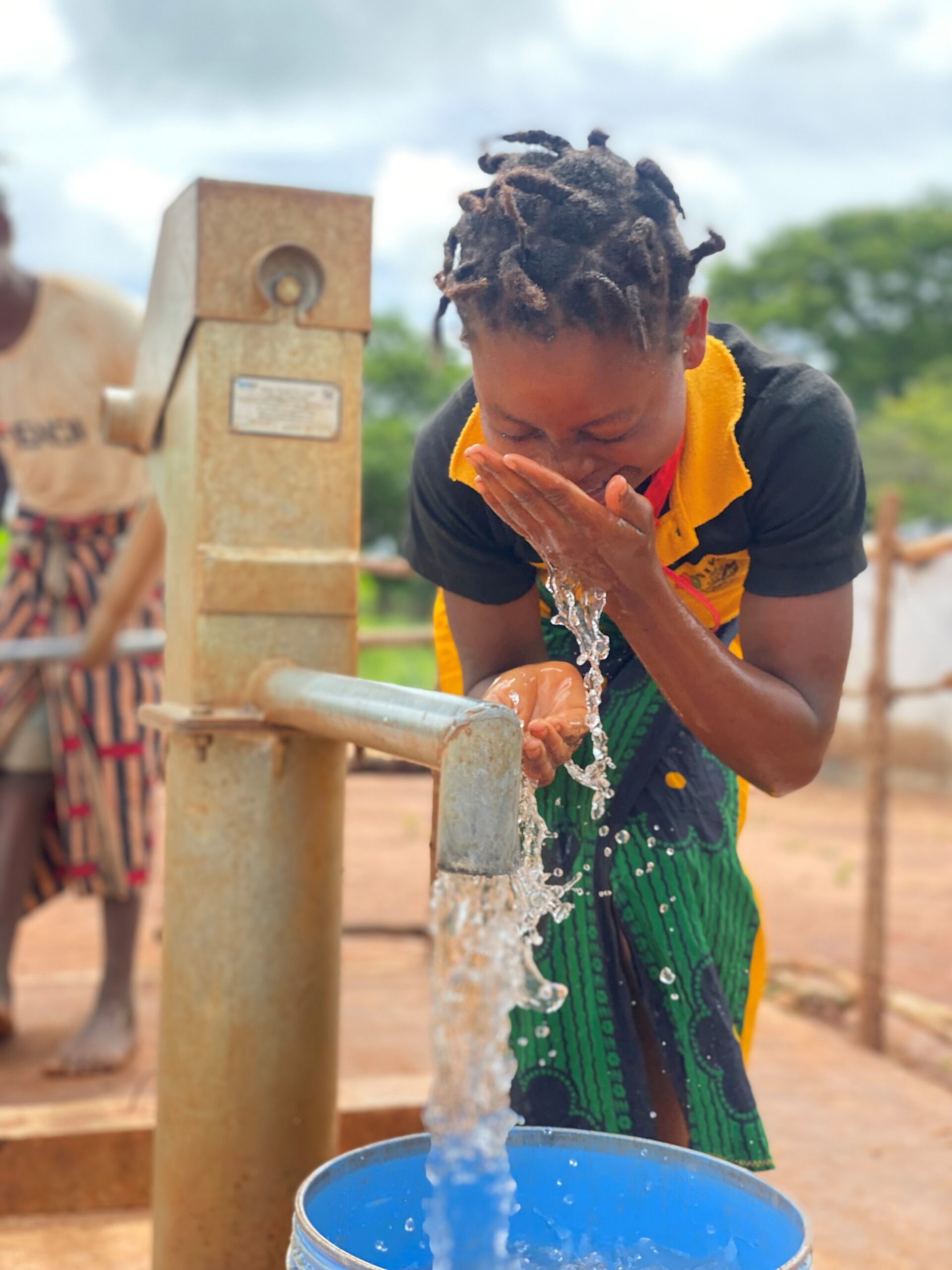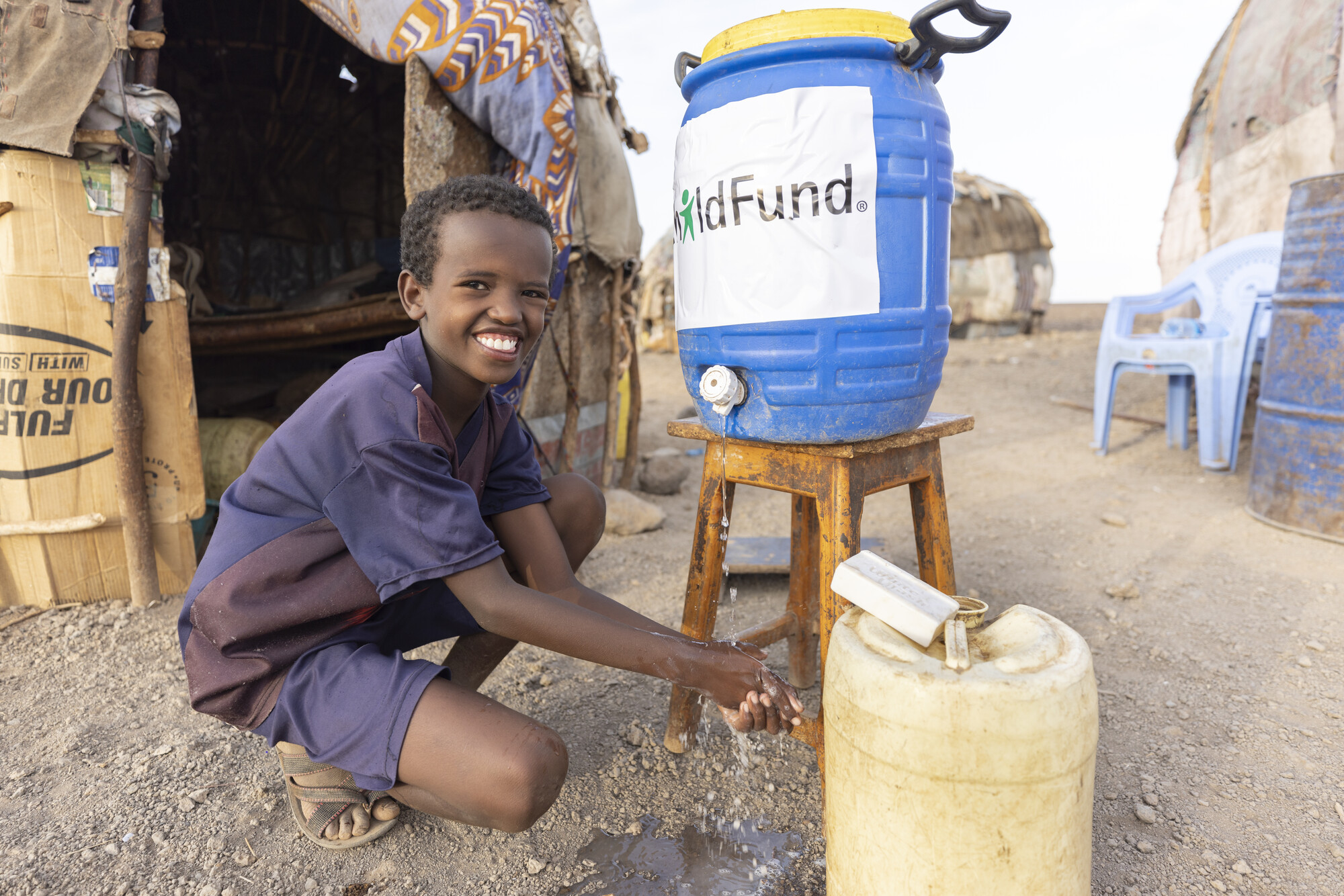In northern Mozambique, Ana* begins her school day with a long, exhausting trek to the river. In Mexico’s Sierra Norte de Puebla, María’s* family navigates treacherous paths to reach an unreliable spring. In Lautem, Timor-Leste, Joanina, a mother of seven, spends hours waiting for water at a community well.
The United Nations reports that more than 2 billion people live in countries experiencing high water-stress. For many, accessing clean water is not as simple as turning on a tap. The time spent hauling heavy buckets, waiting in long lines and worrying about water scarcity are part of daily life for too many children and families. This struggle takes a toll on their health, education and future opportunities.
Water Scarcity: A Growing Global Crisis
As climate change accelerates, the availability of water is becoming increasingly unreliable. Droughts, unpredictable rainfall and growing populations are all putting immense pressure on water sources, making it harder for communities to access the clean water they need. In this context, access to water is not just a convenience – it’s a lifeline that impacts every aspect of life.
But when clean, reliable water is brought closer to home, everything changes.
Access to water has the power to shift the course of daily life. For some, it means the difference between attending school or staying home to collect water. For others, it transforms long hours of physical labour into time spent with loved ones. These are a few stories from communities where that shift is already happening.
Mozambique: Ana’s New Morning Routine
In northern Mozambique, Ana, 11, used to wake up long before the sun rose. While other children her age prepared for school, Ana and her friends made their way to the river, where they spent hours hauling heavy buckets of water. The physical toll of the long walk left Ana exhausted, sometimes too tired to concentrate in class. On many days, the task took so long that Ana would miss school altogether.
“I was too tired to focus on my studies. Some days, I couldn’t go to school at all because fetching water took too much time,” Ana says.
In Mozambique, only 55.7% of the population has access to safe, clean drinking water. Water scarcity, combined with the demands of daily life, means that children, especially girls, often spend hours collecting water instead of attending school. This creates barriers not only to education but also to health and future opportunities.
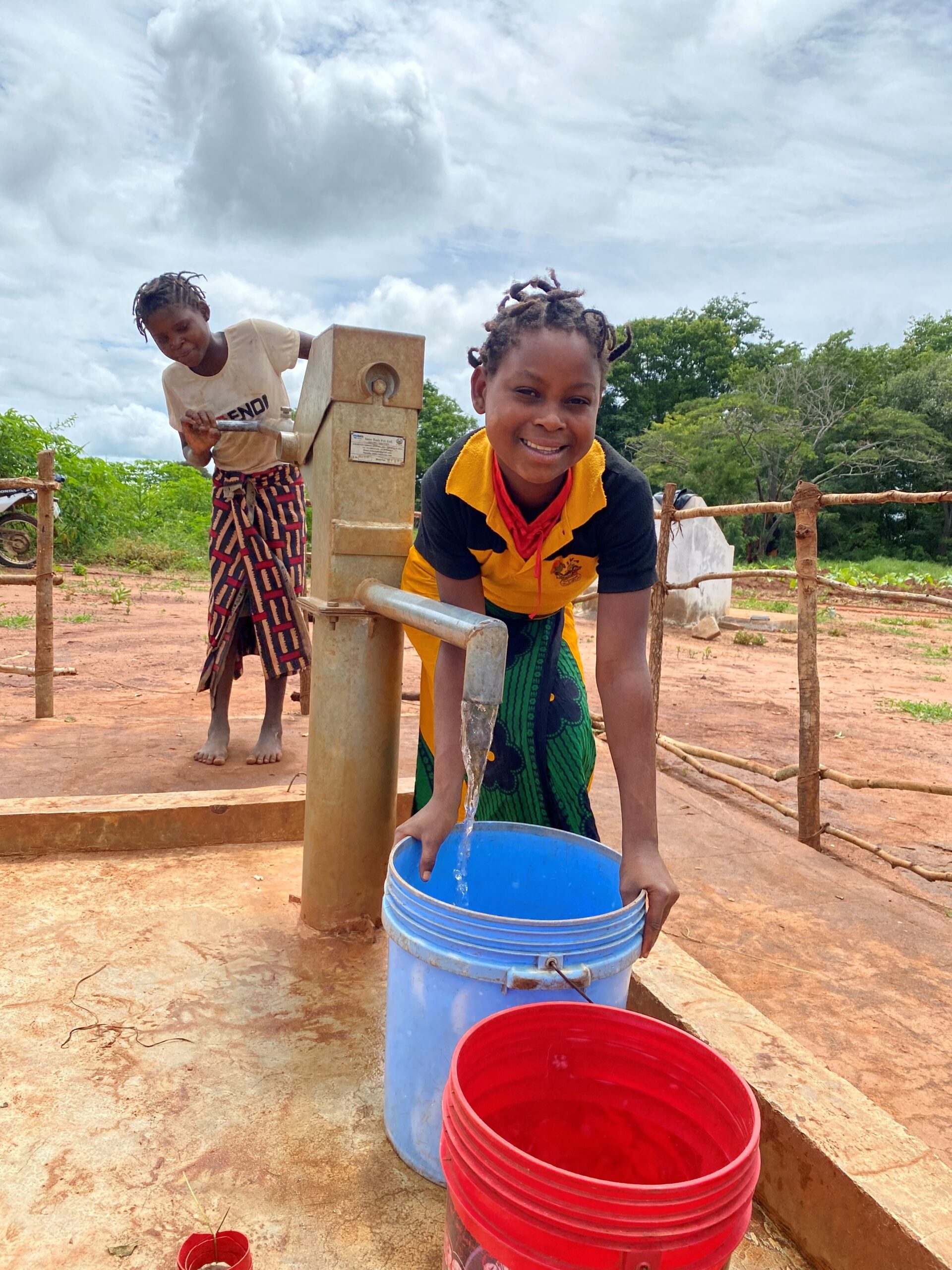
When a borehole was installed just minutes from Ana’s home, her routine shifted. Instead of spending hours fetching water, Ana simply fills her buckets at the tap, freeing up time for school and rest.
“I can take a shower every day and still make it to school on time,” Ana says. “I don’t worry about missing school or being too tired to study. Now I can focus, and I have the energy to learn.”
At home, Ana’s family no longer has to ration water or worry about the next trip to the river. With reliable, clean water at their doorstep, their daily life has become less about survival and more about possibility.
Mexico: A Dangerous, Time-Consuming Trek for Water
In Mexico’s Sierra Norte de Puebla, María’s family once spent hours navigating dangerous, slippery paths just to reach a distant spring. The path was treacherous, and during the rainy season, it was often muddy and filled with the risk of falling rocks or snakes. In the dry season, the spring would run low, and María’s family would rely on water tankers – an expensive and unreliable source.
“Before, we spent hours every day carrying water, and sometimes the water we brought back wasn’t even clean,” María’s mum, Dolores, recalls.
Water scarcity in Mexico is exacerbated by climate change, with increasingly erratic rainfall patterns and prolonged droughts making water sources unreliable. These conditions have put immense pressure on rural communities, where clean water is often not readily available.
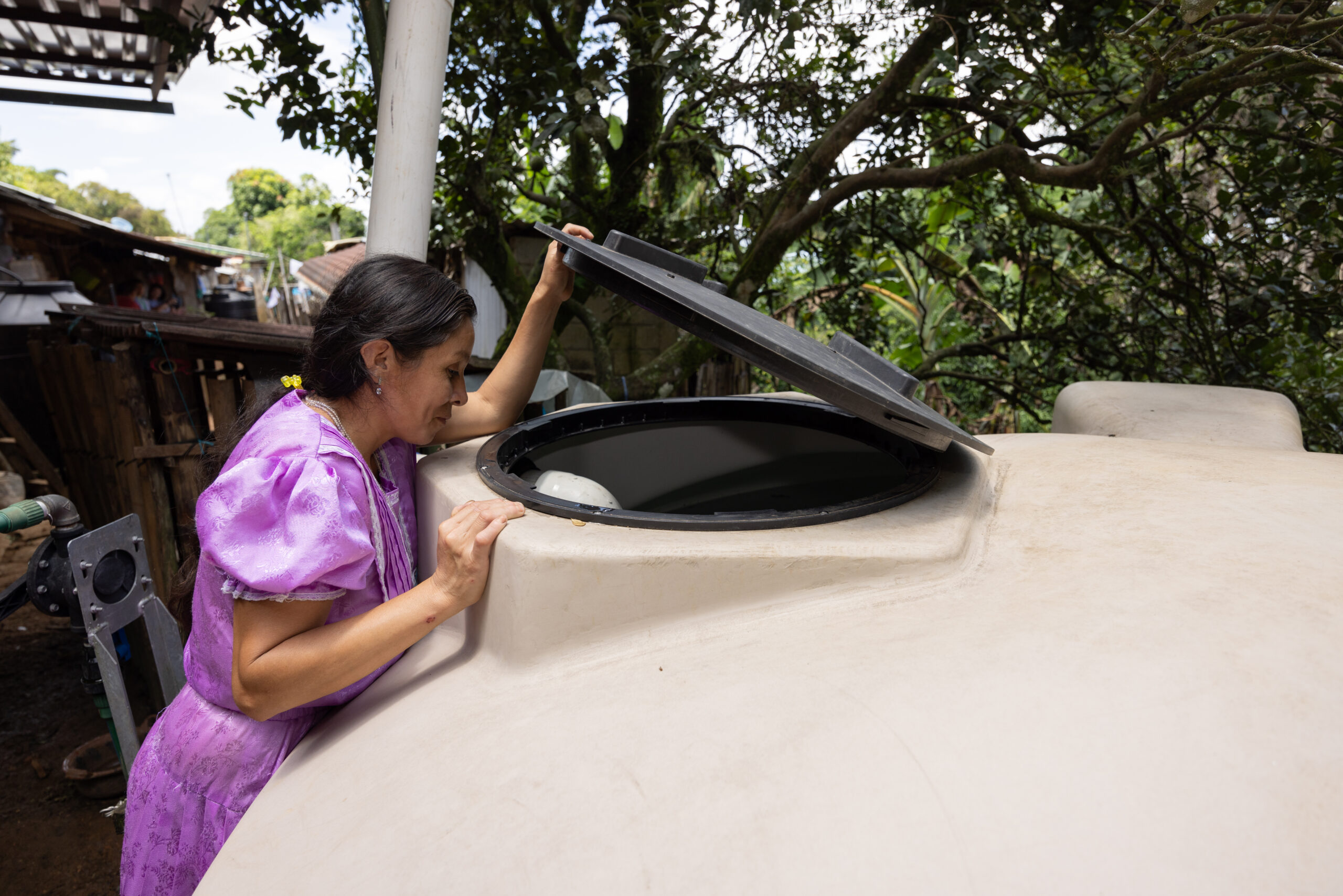
The installation of rainwater harvesting systems in María’s village has transformed their daily routine. Each family now has a 5,000-litre tank to collect rainwater from their rooftops, providing them with abundant and clean water.
For María’s family, this transformation meant more than just access to clean water – it meant reclaimed time. The time once spent on dangerous treks is now used for school, rest and family life.
“Now I can focus on my homework and spend more time with my family,” María says.
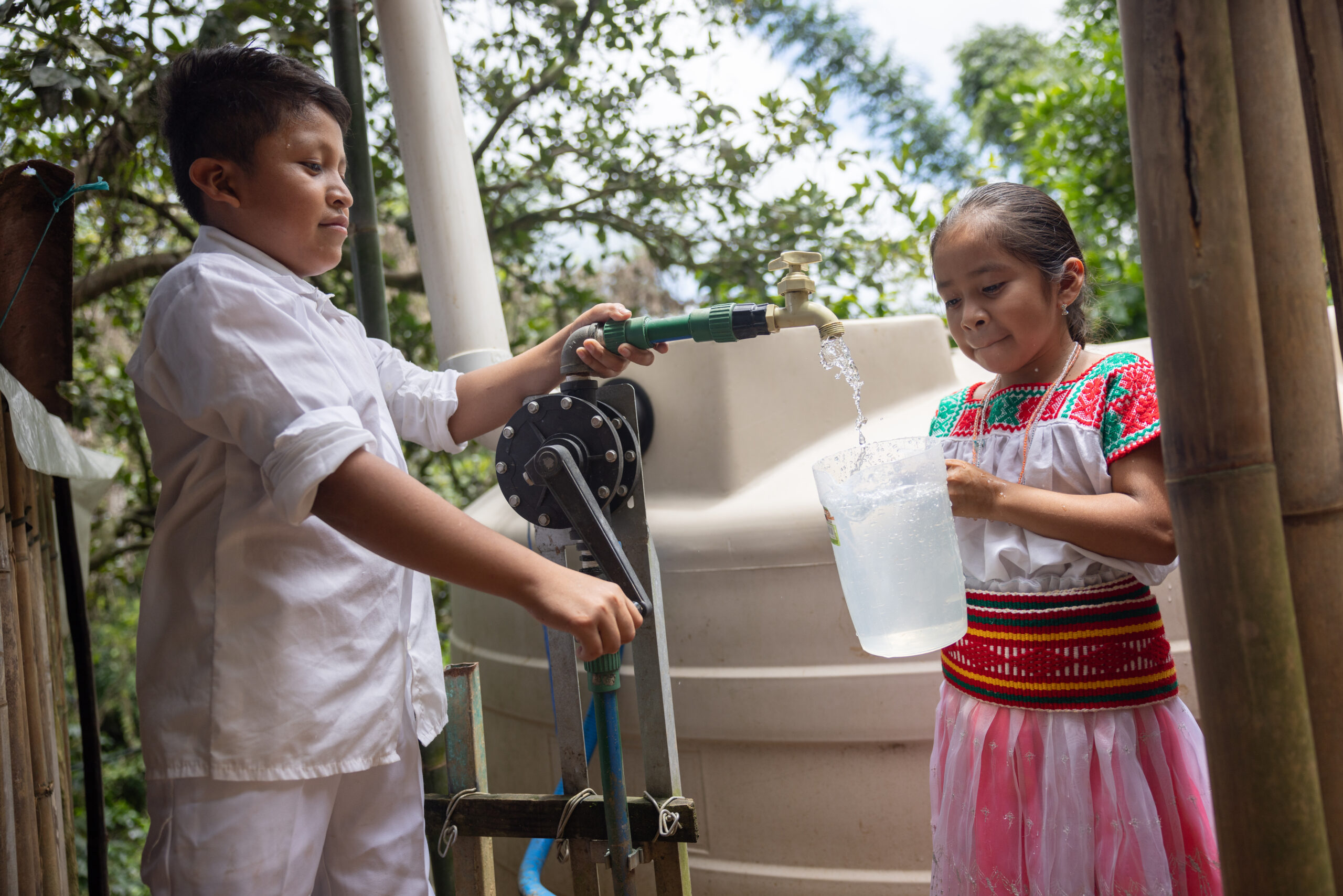
Timor-Leste: Joanina’s Life Transformed
In rural Lautem, Timor-Leste, Joanina, a mother of seven, faced a constant struggle to collect enough water for her family. Their spring, which ran year-round, often dried up during the long dry season. When that happened, Joanina and her children had to walk for an hour to a nearby community well – twice a day. The exhaustion from the walks, coupled with the worry of a dwindling water supply, left Joanina feeling anxious and overwhelmed.
“When there is no water, we feel sad and anxious because we use water for so many things. We would ration it out when we had to,” Joanina shares.
In Timor-Leste, more than 60% of the rural population still lacks access to clean water, meaning many communities face water scarcity and long walks to fetch water.
The installation of a concrete water tank in their village, along with a new community tap just 15 minutes away, brought a welcome change. Supported by ChildFund and its local partner Fraterna, the project has brought reliable, clean water to Joanina’s doorstep.
“The water is much cleaner now because it’s covered, and it’s safer for drinking and washing,” Joanina says. With water now easily accessible and reliable, Joanina no longer has to ration water or worry about its safety.
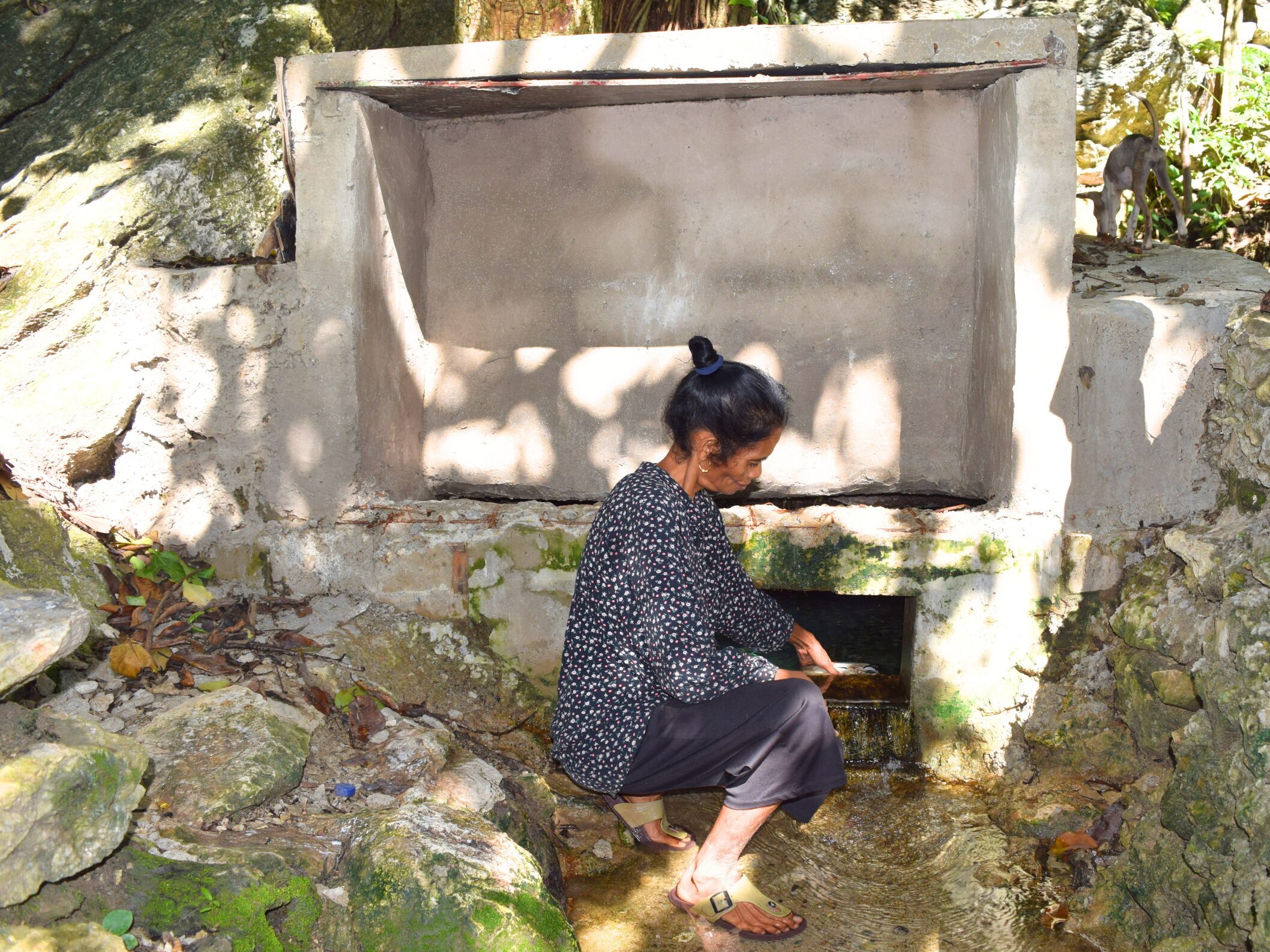
A Ripple of Change
Access to water isn’t just a necessity – it’s key to building resilient communities and addressing the impacts of climate change. When water is closer to home, children have more time for school and play and families reclaim hours once spent collecting water. It’s about peace of mind, security and the ability to build a better future.
Let’s continue to provide support for water access as a fundamental right and champion initiatives that bring clean water to those who need it most.
Learn more about our water and sanitation work around the world.
*Names have been changed to protect individual’s identities.


